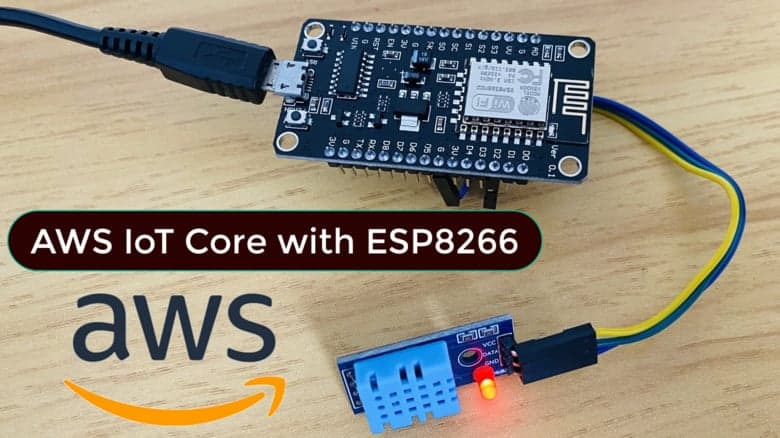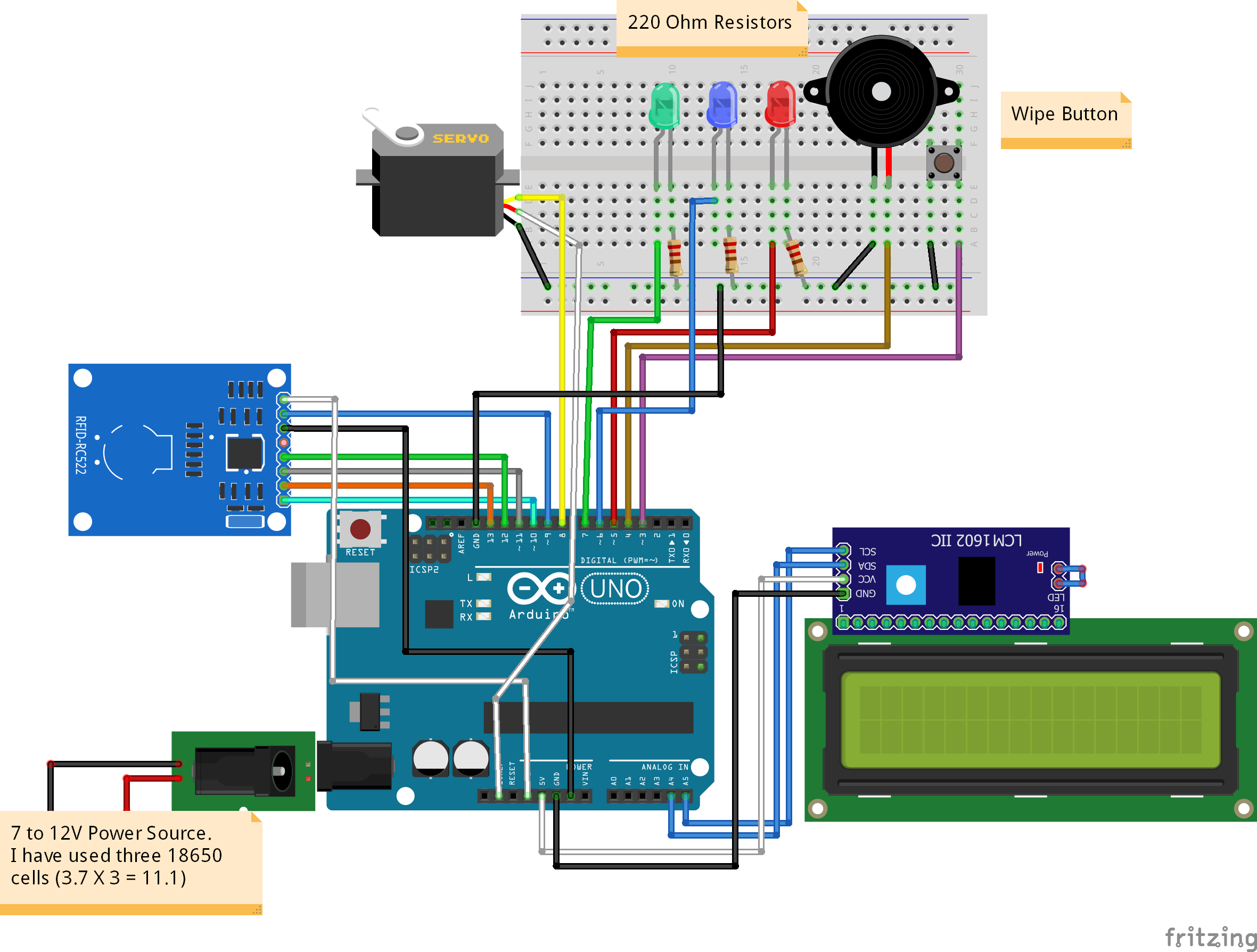Best Sensors for Smart Agriculture
In recent years, there has been a significant rise in the adoption of smart agriculture technologies. Among these technologies, sensors play a crucial role in monitoring environmental conditions, crop health, and overall farm management. With a wide variety of sensors available in the market, choosing the right ones for your smart agriculture setup can be overwhelming. In this article, we will explore some of the best sensors for smart agriculture that can help improve efficiency and productivity on the farm.
1. Soil Moisture Sensors
Soil moisture sensors are essential for smart agriculture as they provide real-time data on the moisture content in the soil. This information is crucial for efficient irrigation management, ensuring that crops receive the right amount of water at the right time. With the help of soil moisture sensors, farmers can prevent over-watering or under-watering, leading to healthier crops and higher yields.
2. Weather Stations
Weather stations are another important sensor for smart agriculture. They provide data on temperature, humidity, wind speed, and precipitation, helping farmers make informed decisions about planting, harvesting, and pest control. By integrating weather station data with other sensors, farmers can optimize their farming practices and reduce the risk of weather-related crop damage.
3. Crop Health Sensors
Crop health sensors are designed to monitor the health of plants by measuring parameters such as chlorophyll levels, nitrogen content, and leaf temperature. By detecting early signs of stress or disease, crop health sensors can help farmers take timely action to prevent crop losses. These sensors can also provide insights into the effectiveness of fertilizers and pesticides, enabling farmers to optimize their inputs and reduce costs.
4. GPS/GNSS Sensors
GPS/GNSS sensors are essential for precision agriculture, providing accurate location data for tractors, drones, and other farm equipment. By integrating GPS/GNSS data with other sensor data, farmers can create precise maps of their fields, track the movement of machinery, and implement variable rate technologies for fertilization and seeding. This level of precision can lead to significant cost savings and improved crop yields.
5. Drone Imagery Sensors
Drone imagery sensors are revolutionizing smart agriculture by providing high-resolution images of fields for crop monitoring and analysis. These sensors can detect plant health issues, estimate crop yields, and identify areas of pest infestation or water stress. By leveraging drone imagery sensors, farmers can make data-driven decisions to optimize their farming practices, reduce waste, and increase profitability.
Conclusion
As smart agriculture continues to evolve, the importance of sensors in farming operations cannot be overstated. By investing in the right sensors for your farm, you can gain valuable insights into soil conditions, weather patterns, crop health, and machinery performance. The sensors highlighted in this article are just a few examples of the many innovative technologies available to help farmers improve efficiency, sustainability, and profitability. Whether you are a small-scale farmer or a large commercial operation, integrating sensors into your smart agriculture setup can lead to better decision-making and higher yields in the long run.
Best Sensors for Smart Agriculture
In recent years, there has been a significant rise in the adoption of smart agriculture technologies. Among these technologies, sensors play a crucial role in monitoring environmental conditions, crop health, and overall farm management. With a wide variety of sensors available in the market, choosing the right ones for your smart agriculture setup can be overwhelming. In this article, we will explore some of the best sensors for smart agriculture that can help improve efficiency and productivity on the farm.
1. Soil Moisture Sensors
Soil moisture sensors are essential for smart agriculture as they provide real-time data on the moisture content in the soil. This information is crucial for efficient irrigation management, ensuring that crops receive the right amount of water at the right time. With the help of soil moisture sensors, farmers can prevent over-watering or under-watering, leading to healthier crops and higher yields.
2. Weather Stations
Weather stations are another important sensor for smart agriculture. They provide data on temperature, humidity, wind speed, and precipitation, helping farmers make informed decisions about planting, harvesting, and pest control. By integrating weather station data with other sensors, farmers can optimize their farming practices and reduce the risk of weather-related crop damage.
3. Crop Health Sensors
Crop health sensors are designed to monitor the health of plants by measuring parameters such as chlorophyll levels, nitrogen content, and leaf temperature. By detecting early signs of stress or disease, crop health sensors can help farmers take timely action to prevent crop losses. These sensors can also provide insights into the effectiveness of fertilizers and pesticides, enabling farmers to optimize their inputs and reduce costs.
4. GPS/GNSS Sensors
GPS/GNSS sensors are essential for precision agriculture, providing accurate location data for tractors, drones, and other farm equipment. By integrating GPS/GNSS data with other sensor data, farmers can create precise maps of their fields, track the movement of machinery, and implement variable rate technologies for fertilization and seeding. This level of precision can lead to significant cost savings and improved crop yields.
5. Drone Imagery Sensors
Drone imagery sensors are revolutionizing smart agriculture by providing high-resolution images of fields for crop monitoring and analysis. These sensors can detect plant health issues, estimate crop yields, and identify areas of pest infestation or water stress. By leveraging drone imagery sensors, farmers can make data-driven decisions to optimize their farming practices, reduce waste, and increase profitability.
Conclusion
As smart agriculture continues to evolve, the importance of sensors in farming operations cannot be overstated. By investing in the right sensors for your farm, you can gain valuable insights into soil conditions, weather patterns, crop health, and machinery performance. The sensors highlighted in this article are just a few examples of the many innovative technologies available to help farmers improve efficiency, sustainability, and profitability. Whether you are a small-scale farmer or a large commercial operation, integrating sensors into your smart agriculture setup can lead to better decision-making and higher yields in the long run.



